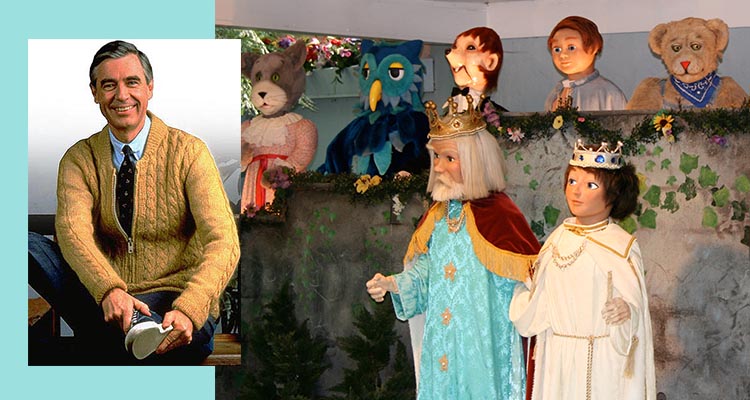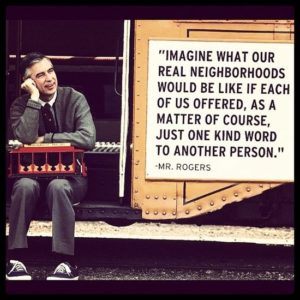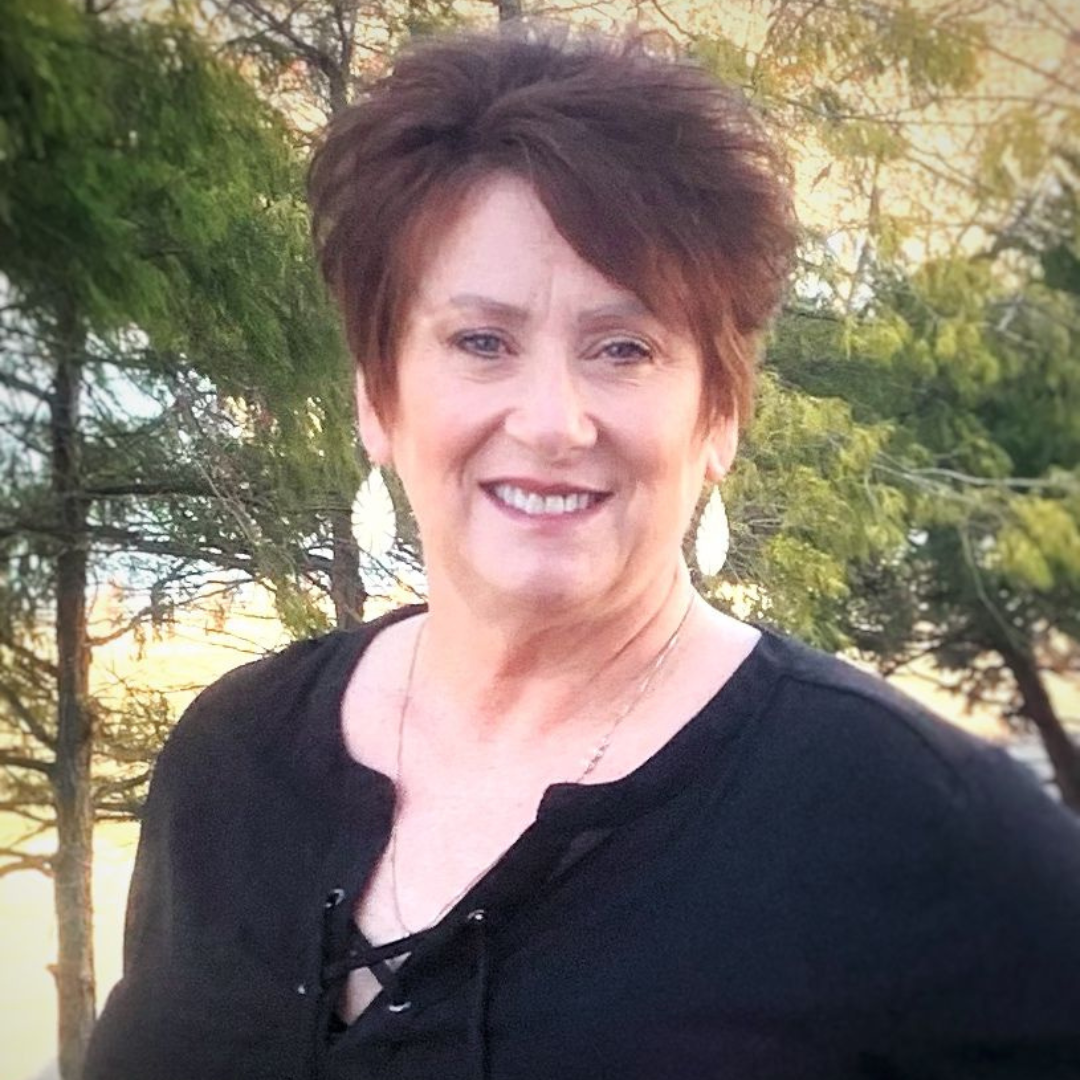When I was in first grade, I spent what seemed like an eternity home from school recovering from chicken pox. It was during those long days of boredom that I first discovered the gentle wisdom of Mister Rogers. Since that time, I’ve always believed that the world could use all the Fred Rogers it could get.
Other than cartoons on Saturday mornings, there were few, if any, shows geared toward children in 1968. I was in awe that there was an adult on TV talking specifically to kids my age. A grown man discussing feelings and emotions! This was nearly unheard of at the time, at least in my corner of the universe. Even at the tender age of 6, I was an observant kid who picked up on current events around me and I was also wired with a brain prone to “catastrophizing.” This combination of personality traits often caused my youthful mind to spin with dreadful thoughts.
However, my developing vocabulary wasn’t yet sufficient enough to verbalize my fears to my parents, who would have done whatever they could to assuage them had I been able to put them into words. “Mister Rogers’ Neighborhood” did not shy away from addressing all manner of childhood phobias, and though I didn’t always comprehend the lesson in every episode, I knew I always felt better after tuning in. Fred Rogers made a nerdy, freckle-faced kid feel better about herself every time he exclaimed, “I like you just the way you are!” He believed that knowing we can be loved exactly as we are gives each of us “the best opportunity to grow into the healthiest of people,” and I have certainly found that to be true.
I eventually grew into my healthiest self and had kids of my own. I was happy that Mister Rogers was still around to be part of their lives, as well. Though I was a stay-at-home mom running a household on a tight budget, I managed to save enough money on two occasions to make a donation to WQED, the Pittsburgh station that was home to “Mister Rogers’ Neighborhood.”
A certain sponsorship level at that time came with a coveted gift — a tour of the very set where Mister Rogers filmed the show. While Fred himself was not there for either of our visits, we did meet Mr. McFeely and my favorite puppet, Daniel Striped Tiger. I spent both visits gushing with fan-girl enthusiasm and shedding a few sentimental tears over the fact that I was standing in the Neighborhood of Make-Believe with my own babies, the next generation of viewers.
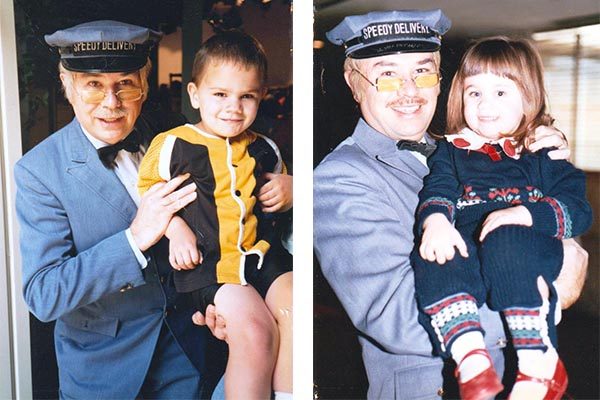
Even now there are opportunities to share the magic of the Neighborhood with your family this summer. The Senator John Heinz History Center in Pittsburgh houses a display of props and sets from the show. Want to see the original puppets from the Neighborhood of Make-Believe? You can do just that at The Children’s Museum of Pittsburgh. Idlewild in Ligonier is home to Daniel Tiger’s Neighborhood, where you can take a trolley ride. For a personal look at the life of Fred Rogers, you can schedule a three-day tour of the Mister Rogers Trail, which ranges from Pittsburgh to Latrobe and includes museums, memorials, and his childhood home. Read more about the Trail by visiting https://visitpa.com/.
Given my 50-year love affair with all things Mister Rogers, I was eager to see this summer’s documentary about his life titled “Won’t You Be My Neighbor?” As expected, the movie did not disappoint. It felt like a virtual hug for grownups, as soft and comfy as Fred’s trademark cardigan and sneakers. It’s funny how a movie about another person’s life can somehow cause you to take a closer look at yourself. I was struck by the timeless nature of his philosophy — that children’s feelings should be acknowledged, kindness is important, and love is what matters most. “Love is at the root of everything. All learning … all relationships. Love or the lack of it,” Fred says in the movie. Isn’t that just as relevant today as it was in 1968?
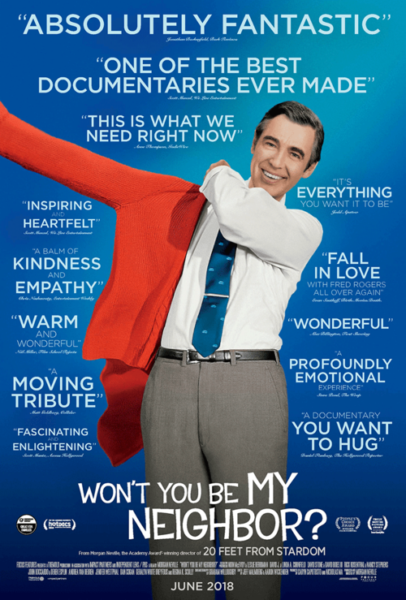 Fred was known for his love and tolerance during the turbulent times of the 1960s and ’70s. His belief in accepting others just as they are is a lesson we should all embrace today more than ever. If we each practiced more kindness, more acceptance, more listening to understand instead of just to respond — how much better we would get along with our neighbors both near and far. We may even come to understand that all of us are more alike than we are different. “There is something of yourself that you leave at every meeting with another person,” Mister Rogers once said. Shouldn’t we each choose to leave others with a bit of caring and understanding?
Fred was known for his love and tolerance during the turbulent times of the 1960s and ’70s. His belief in accepting others just as they are is a lesson we should all embrace today more than ever. If we each practiced more kindness, more acceptance, more listening to understand instead of just to respond — how much better we would get along with our neighbors both near and far. We may even come to understand that all of us are more alike than we are different. “There is something of yourself that you leave at every meeting with another person,” Mister Rogers once said. Shouldn’t we each choose to leave others with a bit of caring and understanding?
Just like Fred Rogers, we each have the chance to leave this world better than we found it. As Junlei Li, co-director of the Fred Rogers Center, asks at the end of the movie, “What are you going to do?” According to Fred, the expression “Won’t you be my neighbor?” is “an invitation.” It’s a request for somebody to be closer to you. What a nice thought. Won’t you be my neighbor? We each should do just a little extra to make life more harmonious outside the Neighborhood of Make-Believe.
• A lifelong Wheeling resident, Ellen Brafford McCroskey is a proud graduate of Wheeling Park High School and the former Wheeling Jesuit College. By day, she works for an international law firm; by night, (and often on her lunch breaks and weekends) she enjoys moonlighting as a part-time writer. Please note that the views expressed in her writing are solely her own and do not necessarily reflect those of anyone else, including her full-time employer. Through her writing, Ellen aims to enlighten others on causes close to her heart, particularly addiction, recovery and equal rights. She and her husband Doug reside in Warwood with their clowder of rescued cats, each of whom is a direct consequence of his job as the Ohio County Dog Warden. Their family includes four adult children, their spouses and several grandkids.


